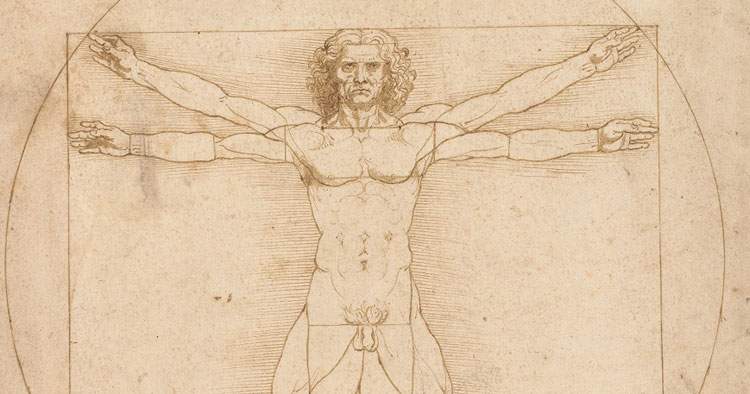Word has spread (again, by the way: this is not a fresh discovery) that Leonardo da Vinci has “14 direct descendants,” as some newspapers headline, or “14 descendants in the direct male line,” as others point out, still living. What escapes most, however, is a fairly significant detail, namely, as far as we know, Leonardo had no children(partly because the genius was homosexual). And consequently, if “direct descendants” means people who descend from one another from father to son, Leonardo cannot have descendants in a direct line. If anything, he can have collaterals, that is, people who, although they have a common lineage, are not descended from him. They would be direct descendants, therefore, people born from a line developed from father to son starting with an eventual son of Leonardo da Vinci. Instead, they are collateral children born from a line of descent from Leonardo’s brother, since the lineage (i.e., Leonardo’s father, Piero da Vinci) is common.
All articles refer to a research paper (90 pages long) that bears the signature of Alessandro Vezzosi, Leonardo scholar and founder of the Museo Ideale Leonardo da Vinci, and Agnese Sabato, president of the Leonardo da Vinci Association: the study was published the day before yesterday in the Journal of Human Evolution in open access mode, meaning it can be read and downloaded for free. The misunderstanding stems from the fact that the study does not talk about descendants in the direct line from Leonardo da Vinci, but speaks more generically about Leonardo’s family. The study, in other words, seeks to demonstrate in a documented way, as the first page states, “the continuity of the direct male line, from father to son, of the da Vinci family starting with Michael (14th century) up to fourteen descendants through twenty-one generations and four different branches, which from the fifteenth generation (Thomas) generate other lines.” More specifically, the research believes it has gathered “sufficient and necessary examples to demonstrate, through reliable documents, the continuity of the line directed by ser Piero (V generation) and his son Domenico, Leonardo’s brother (VI generation) up to the XXI.”
In short, one only has to read even the first lines of the study to realize that Leonardo has no direct descendants, plus Leonardo’s brothers were all half-brothers, so Piero’s descendants are also genetically even further removed from the Tuscan genius. Vezzosi and Sabato have done nothing more than study the lineage of Leonardo’s father, which, however, does not pass through the great artist. And what is the point of all this? The research itself explains: “The updated reconstruction of the da Vinci family genealogy and the identification of direct male lines with living descendants is the first, essential tool to identify the biological traces (from graves to living persons) necessary to establish a genetic signature of the Y chromosome, in which the indelible profile of the personal identity of Leonardo and his family is printed.”
This is, moreover, not new research: studies by Vezzosi and Sabato to find descendants of Leonardo’s siblings began in the 1970s, and every now and then they return to the headlines according to the progress of research (a few years ago, for example, by following a female line Vezzosi and Sabato had managed to establish a distant kinship of Franco Zeffirelli with Leonardo da Vinci). Ultimately, it appears that there are relatives of the artist still living (who, moreover, make “Vinci” their last name), but it is not possible to speak of descendants: those who speak of “descendants” are either because they have evidently not read the study, or have misrepresented it, or have relaunched second-hand news.
 |
| But if Leonardo had no children, how does he have "direct descendants"? |
Warning: the translation into English of the original Italian article was created using automatic tools. We undertake to review all articles, but we do not guarantee the total absence of inaccuracies in the translation due to the program. You can find the original by clicking on the ITA button. If you find any mistake,please contact us.